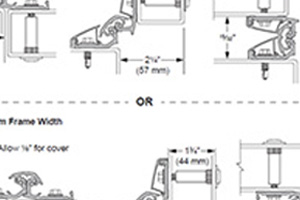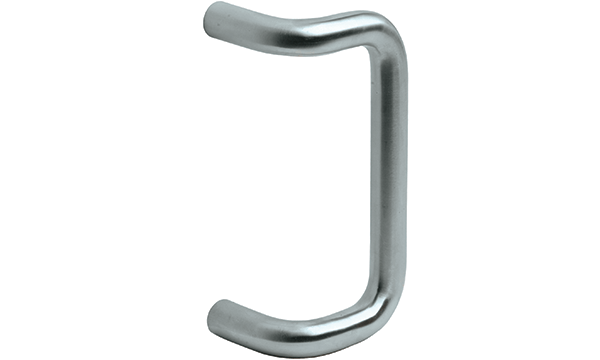Architectural Pulls:
- Quality, aesthetically pleasing door pulls often used in commercial building entrances
- Various designs, materials, and finishes to match the architectural style of the building
- Frequently found in high-traffic applications
Push Bars:
- Horizontal bars mounted across the door, allowing users to push the door open
- Simple design, often made of metal, and can be used as a safety feature
- Common in commercial buildings, emergency exits, and high-traffic areas
Decorative Pulls:
Description: Door pulls designed with an emphasis on aesthetics and style
Features: Available in various artistic designs, materials, and finishes to complement interior decor
Usage: Used in residential and commercial spaces to enhance the visual appeal of doors
Long Door Pulls:
- Extended length pulls that run vertically along the door
- Provide a modern and sleek look, making them easy to grasp from different heights
- Popular in contemporary commercial and residential buildings, especially on large doors
Hands-Free Door Pulls:
- Designed to allow users to open doors without using their hands, typically using their forearm or foot
- Promotes hygiene and reduces the spread of germs
- Ideal for health care facilities, public restrooms, and any high-traffic area where hygiene is a concern
Push and Pull Plates:
- Flat plates installed on doors to facilitate opening and closing by pushing or pulling
- Common in high-traffic areas such as restrooms, secondary doors, and public buildings
Vandal Resistant Trim:
- Door hardware designed to withstand tampering and vandalism
- Robust construction, often with reinforced materials and tamper-proof fasteners
- Suitable for public buildings, schools, and other areas prone to vandalism
Flush Pulls:
- Recessed pulls that sit flush with the surface of the door
- Minimalist design, providing a sleek and unobtrusive look
- Commonly used on sliding doors, pocket doors, and cabinets
Sliding Door Pulls:
- Handles specifically designed for sliding doors
- Often recessed or surface-mounted, allowing for smooth operation of the sliding mechanism
- Used on closet doors, patio doors, and room dividers
Each type of door pull serves a specific function and aesthetic, catering to different needs and environments. Choosing the right type depends on the door's purpose, the desired look, and the level of durability required.
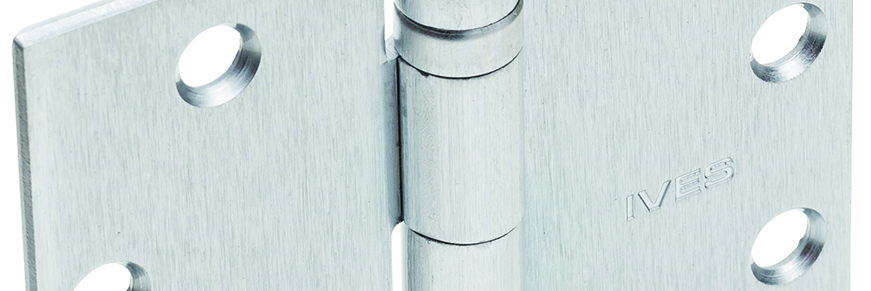
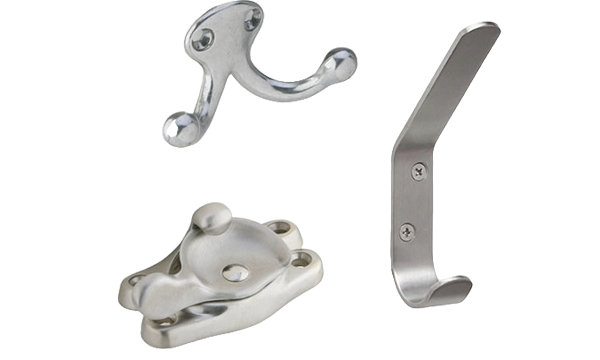
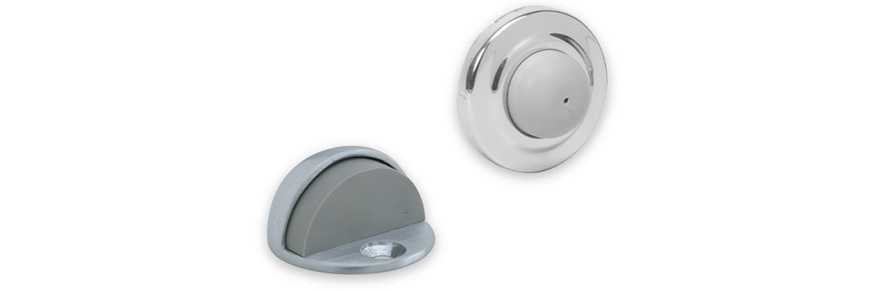


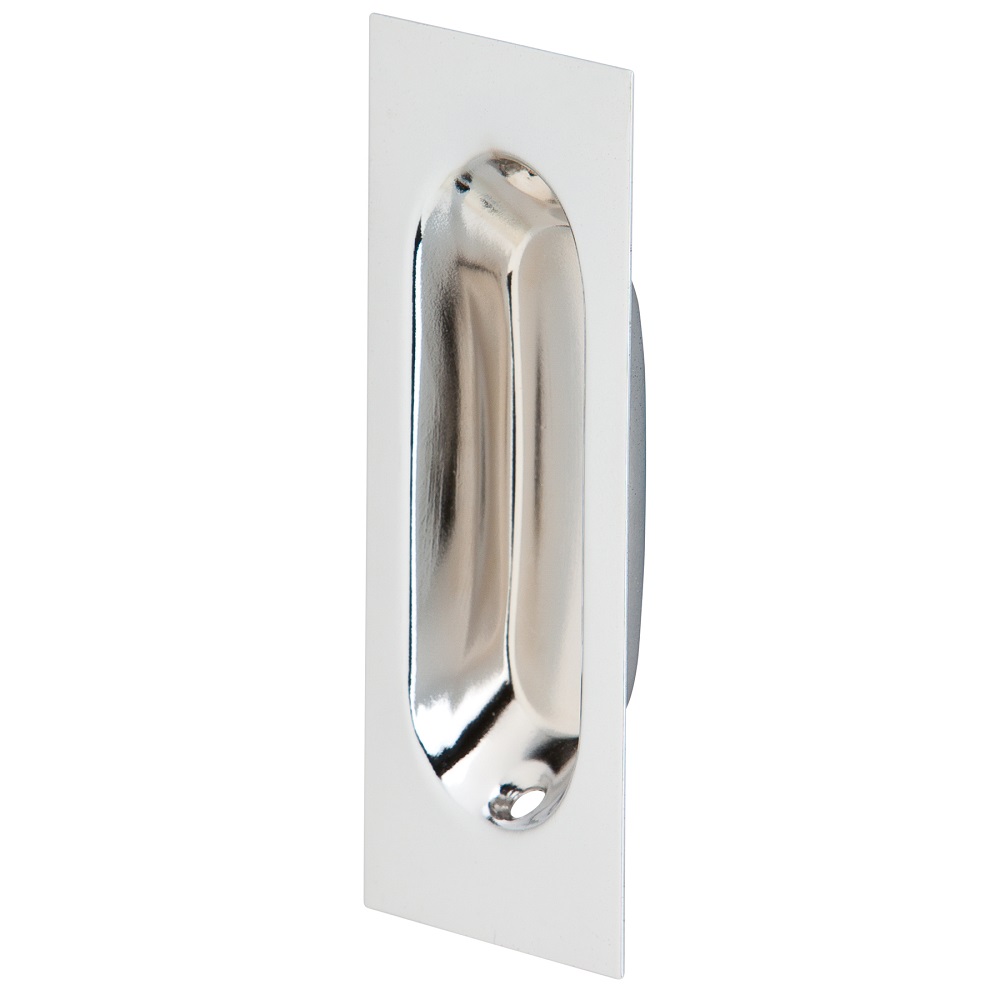

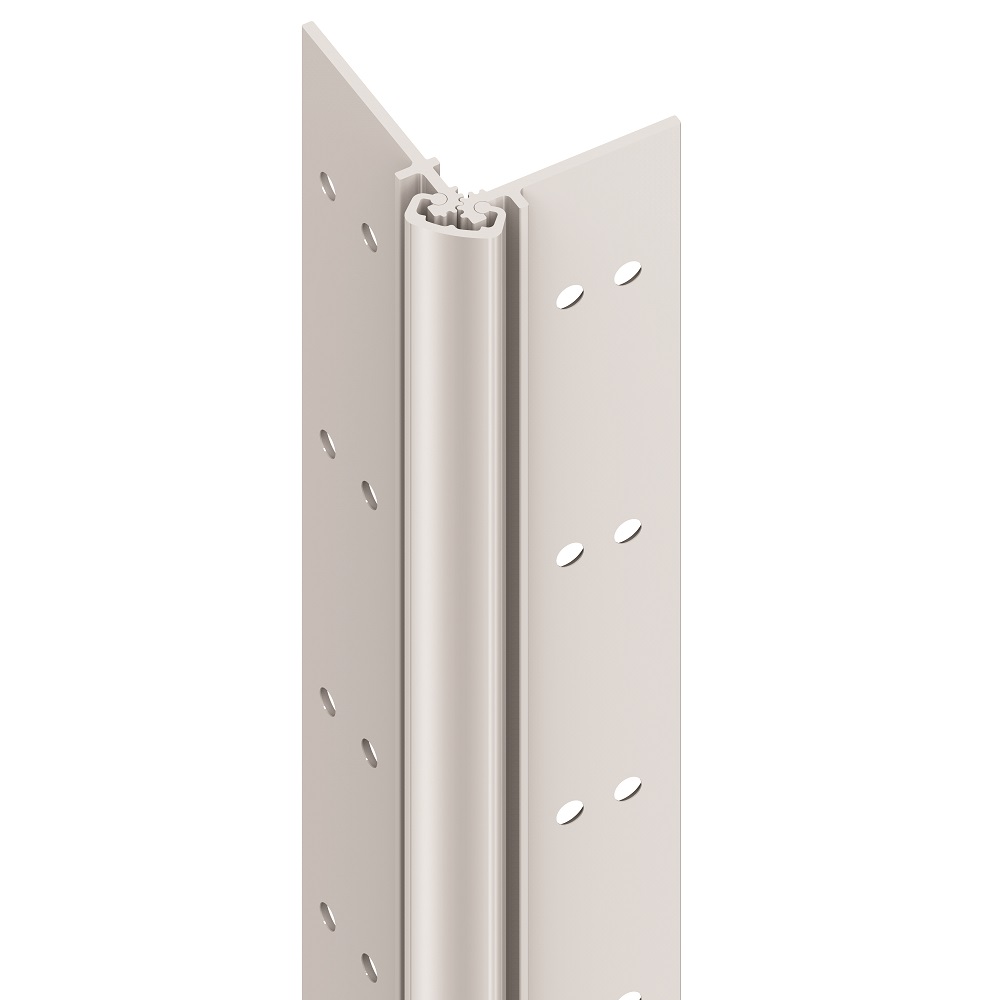

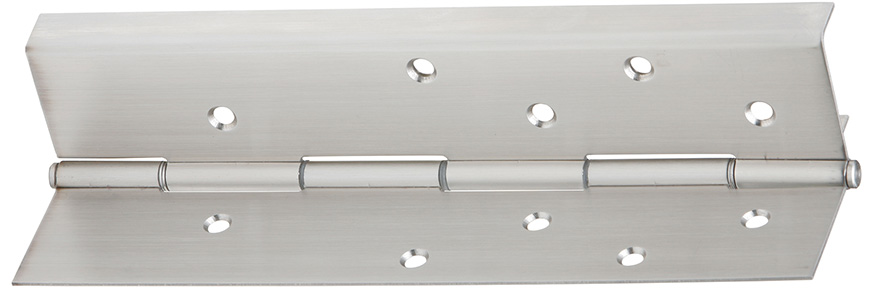


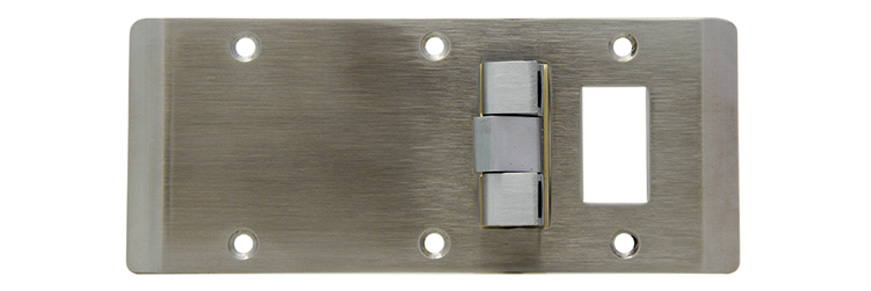
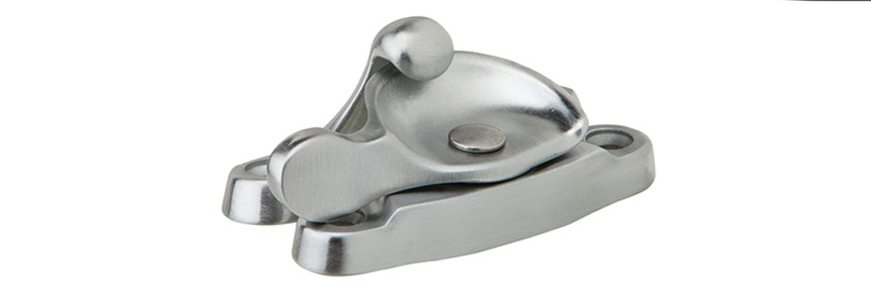
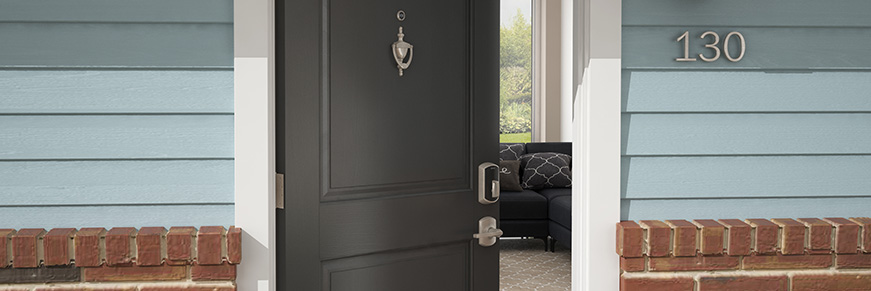
-871x291.jpg)
%20-871x291.jpg)

